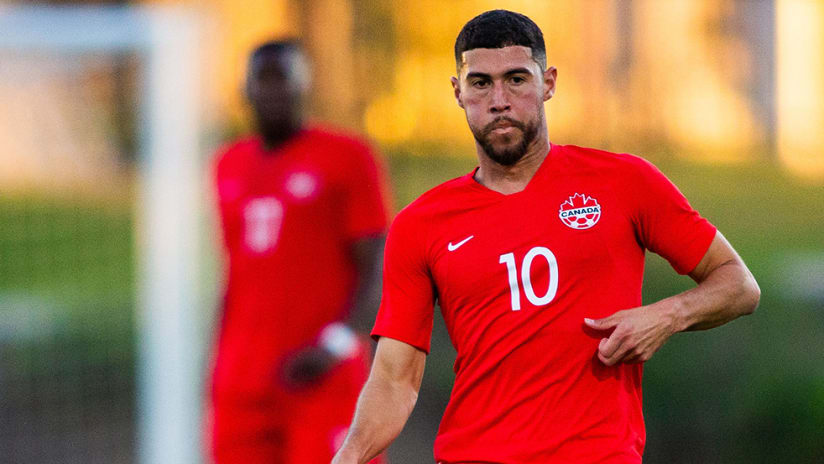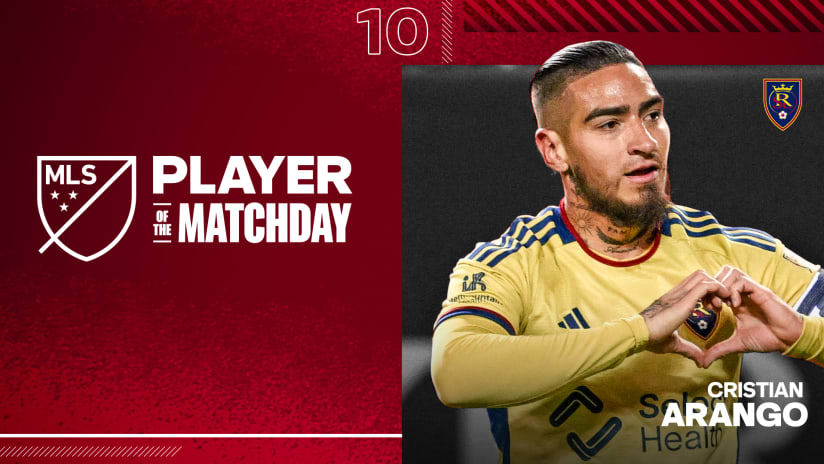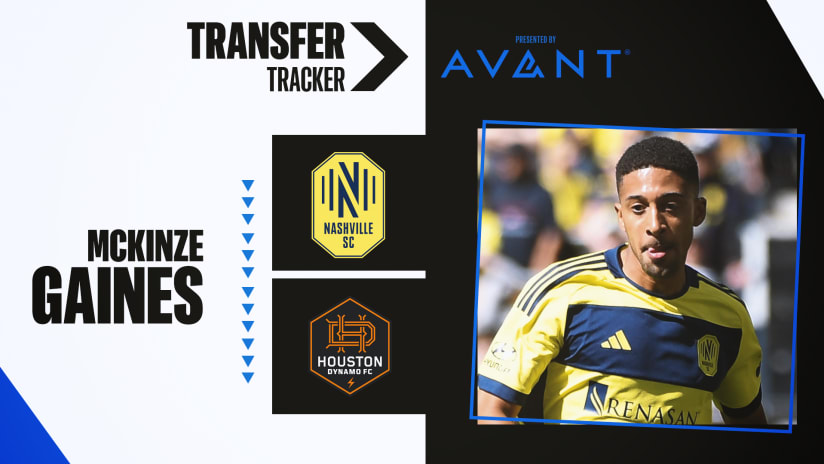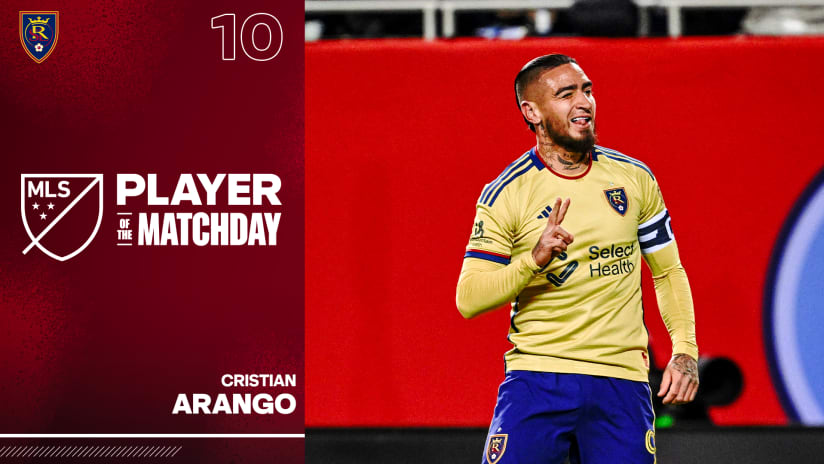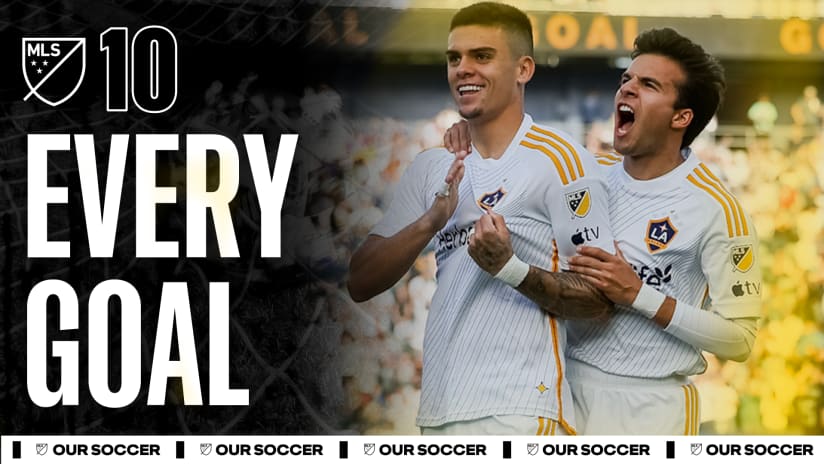Canada already have two wins under their belt in 2020, but how much closer have they gotten to the Hex?
The Hex, of course, is the final round of FIFA World Cup qualifying in Concacaf: a six-team round-robin competition in which the top three teams qualify directly for the big dance. Its participants are determined by the outcomes of numerous preliminary rounds beforehand.
But thanks to a recent change in the qualifying format, Canada’s two wins over Barbados in friendly matches last week – and the result of their upcoming friendly against Iceland on Wednesday – will play a big role in deciding their potential path to Qatar 2022.
It’s not a position that Canada wanted or expected to be in, but it’s the hand they’ll have to play should they reach the Hex for the first time since 1997.
How did we get here?
In this version of the Hex, teams will qualify without playing a single World Cup qualifying match, with the Concacaf Nations League entering the fray. The six highest-ranked Concacaf nations in the June 2020 FIFA World Rankings will proceed, while the region’s other 29 teams will duke it out for one shot at a playoff against the Hex’s fourth-place finisher.
That’s a departure from what the governing body said in March 2018, when it declared its newly created Concacaf Ranking Index would be used for seeding teams in international tournaments, such as World Cup qualifying. Under that system, Canada would have picked up valuable ranking points for their 2019 wins over French Guiana, Trinidad & Tobago and Martinique.
But last July, Concacaf veered down another course. Those three wins were functionally worthless, as French Guiana and Martinique aren’t members of FIFA, and the match against Trinidad & Tobago wasn’t an official FIFA friendly.
Though Canada netted a nice chunk of FIFA ranking points with a surprise win over the US men's national team in October, they currently sit seventh among Concacaf nations. In the December FIFA rankings, Canada (73rd overall) are behind El Salvador (69th overall). To have a more straightforward path to Qatar 2022, they must close what’s currently a narrow 15-point gap.
Can they do it?
The first thing to know is the calculus has changed after wins over Barbados. By the time Canada’s game against Iceland is done, the total will have changed again. Iceland also faces El Salvador in their own friendly on Sunday, resulting in yet another fluctuation.
Under the rankings system FIFA has used since 2018, each result gains or loses a team points based on the game’s importance and the opponent’s relative strength.
So while Canada’s two wins over Barbados were worth a cumulative 2.25 points, a win over a stronger team like Iceland would gain them 3.1 points, and a draw would grab them 0.6 points.
But since these games fall outside the FIFA international match window, they’re worth half as much as friendlies played during official FIFA breaks. There are two such breaks coming up (March 23-31 and June 1-9), and that’s when Canada’s fate will truly be decided as it relates to reaching the Hex.
“We’re being really strategic in targeting opponents,” head coach John Herdman told MLSsoccer.com by phone on Sunday. “(We’re) looking out for which teams we could target in March that give us that genuine opportunity to win on any given day.”
How will Canada proceed?
Though nothing is confirmed yet, Herdman’s ideal scenario includes two friendlies in March that would be worth about five FIFA points apiece, followed by more matches in the June window based on where his team sits. But he added Canada’s list of potential opponents is cut down by the fact that many European and South American teams will be gearing up for their respective continental tournaments this summer.
“In March, we’ll do whatever it takes to pick up what we need to give us another shot at the Hex,” said Herdman.
This week’s results will factor into that equation, too. If Canada defeats Iceland on Wednesday, and Iceland defeats El Salvador on Sunday, there could be a more conservative approach to selecting opponents for friendlies in March and June.
The inverse results would make passage to the Hex trickier, but not impossible. Either way, Canada’s fate isn’t entirely in their own hands. If El Salvador stays busy (and victorious) for the next five months, the sixth-place spot will likely remain theirs. Teams such as Curacao (80th overall) and Panama (81st overall) are also breathing down Canada’s neck.
Having a shot at the Hex is all Canada can ask for, even if the unexpected change in the qualifying format threw them for a loop. Now, at least, they know exactly what they need to do.
“We’re planning to play games and get this team ready for whatever it’s going to take to get us to the World Cup,” said Herdman. “In September, we know we’ll either be playing in the Hex or that more grueling round of traveling to places where it is always going to be difficult to play.
“We want to try and avoid that, but it won’t be the end of the world if we have to head in that direction."

